May 7, 2025 | 14:46 GMT +7
May 7, 2025 | 14:46 GMT +7
Hotline: 0913.378.918
May 7, 2025 | 14:46 GMT +7
Hotline: 0913.378.918
In the early days of May, Vietnam’s rice export prices maintained a positive recovery trend, bringing new expectations to this industry after a deep decline at the beginning of the year.
According to updates from the Vietnam Food Association (VFA) on May 5, Vietnam’s 5% broken rice is currently priced at USD 398–402/ton, higher than rice from India (USD 382–386/ton) and Pakistan (USD 389–393/ton). While not substantially surpassing competitors, this represents the highest level since April.
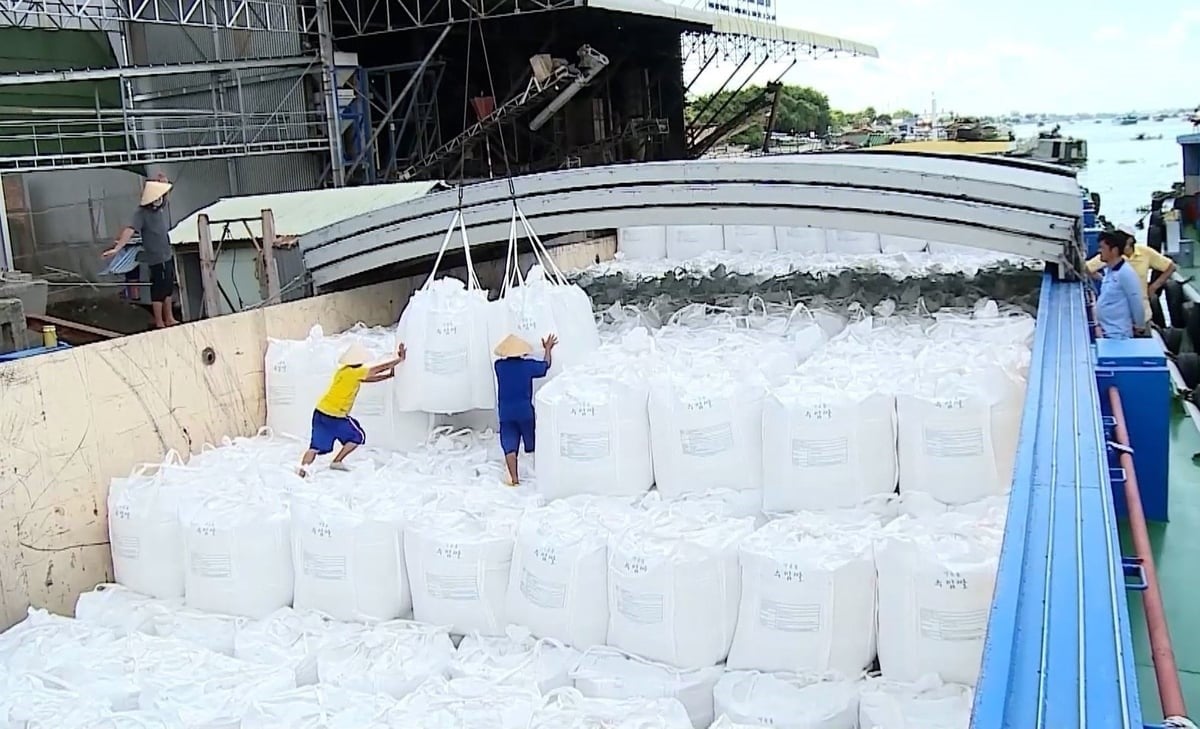
Rice export prices recovered in the early days of May. Photo: Ha Duyen.
Notably, high-quality rice varieties such as OM5451 and OM18 are being exported at USD 500–530/ton. Specialty rice varieties like ST25 and organic rice can reach USD 800–1,200/ton, pushing Vietnam’s average rice export price to above USD 500/ton. This is a positive sign amid continued fluctuations in global food prices.
Forecasting rice export prices in the coming time, Mr. Nguyen Van Thanh, Director of Phuoc Thanh IV Co., Ltd., stated that this upward trend will likely continue due to limited supply and a strong recovery in import demand across multiple markets.
The reason lies in the conclusion of the winter-spring crop, the largest rice harvest of the year. Meanwhile, the summer-autumn crop will not begin until July or August, resulting in a limited supply in the coming period. This is considered a key factor supporting high rice prices.
At the same time, demand from major importers such as the Philippines, Africa, China, and the Middle East is rising, as buyers are in negotiations and resume imports after cautiously monitoring price movements. “The demand has not decreased; buyers were simply waiting for reasonable prices and moves from major exporters,” said Mr. Nguyen Van Thanh, Director of Phuoc Thanh IV Co., Ltd.
According to Mr. Thanh, despite current rice export prices generating profit, many businesses still hesitate to finalize orders. The psychology of waiting for a better price is dominating exporters’ selling decisions. “Although current rice export prices are profitable, they are not yet truly attractive. Businesses are hopeful that the market will continue to improve, especially in the medium- and high-end rice segments,” shared Mr. Thanh.
Moreover, domestic businesses are well-prepared for the source of goods and storage from the low rice price stage. This preparation enables them to be more proactive in negotiations and sales strategy.
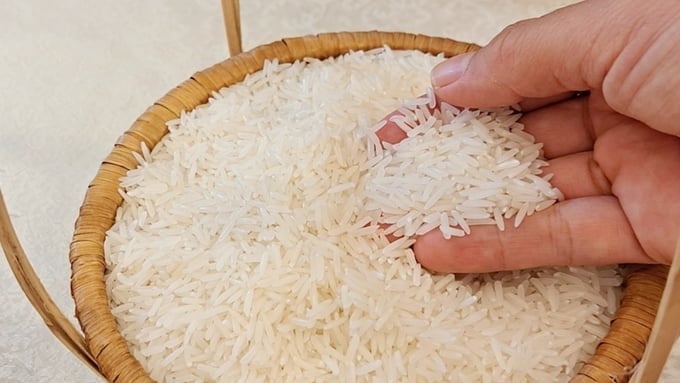
Although competition in the Philippine market has intensified due to export-promotion policies from India and Thailand, Vietnamese rice still holds a solid foothold in this market.
Assessing rice export prospects in the coming months, the Vietnam Food Association (VFA) believes that Vietnam still has room to expand its exports, particularly to large and nearby markets. In reality, the Philippines, Vietnam’s largest rice export market, continues to show strong import demand through 2025.
Mr. Phung Van Thanh, Trade Counselor at the Vietnam Trade Office in the Philippines, stated that the Philippines has long been a traditional market for Vietnamese rice, accounting for 80–85% of the market share. Since 2022, Vietnam’s rice exports to the Philippines have consistently reached 3-4 million tons/year (3.214 million tons in 2022, 3.15 million tons in 2023, 4.15 million tons in 2024, and an estimated 4.35 million tons in 2025).
According to Mr. Thanh, Vietnamese rice has maintained its top position in the Philippine market due to its quality, competitive pricing, and adaptability to consumer preferences, which meet the diverse dietary needs of this country’s population.
In addition, Vietnam offers a stable supply of rice, favorable geographical distance, and long-standing commercial relationships. These factors have helped Vietnamese businesses build credibility and trust among Philippine partners.
“Although competition in the Philippine rice market has intensified due to export-promotion policies from India and Thailand, Vietnamese rice still holds a solid foothold,” Mr. Phung Van Thanh affirmed.
Statistics from the General Department of Vietnam Customs showed that in the first 4 months of 2025, Vietnam exported over 3.4 million tons of rice, reaching a turnover of USD 1.76 billion, up 8.1% in volume but down 13.3% in value over the same period in 2024. The main reason is that the average export price of rice in the first 4 months decreased by 20.1%, to about 517 USD/ton. However, the recent price recovery since late April has signaled a positive outlook for the coming quarters.
The Philippines remained Vietnam's largest rice export market, accounting for over 41% of market share, followed by Côte d’Ivoire and Ghana. In particular, rice export value to Bangladesh surged nearly 518 times compared to the same period, highlighting Vietnamese rice's potential to expand to new markets thanks to its quality and diversified varieties.
Translated by Thu Huyen
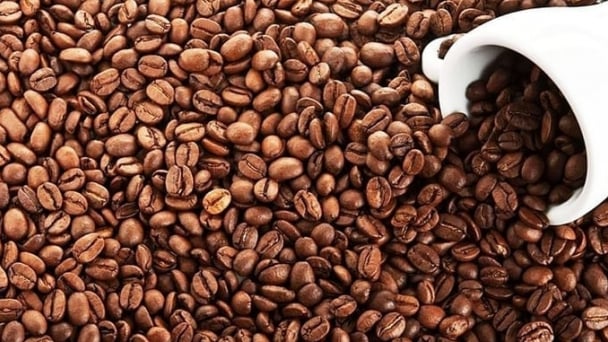
(VAN) Coffee prices on May 7, 2025, dropped by VND 200 domestically, trading at VND 128,200 – VND 128,700/kg. Global coffee prices moved in mixed directions.

(VAN) Rubber prices on May 6, 2025, remain flat globally. Meanwhile, domestic latex rubber is still being purchased at around VND 415 - 462/TSC.
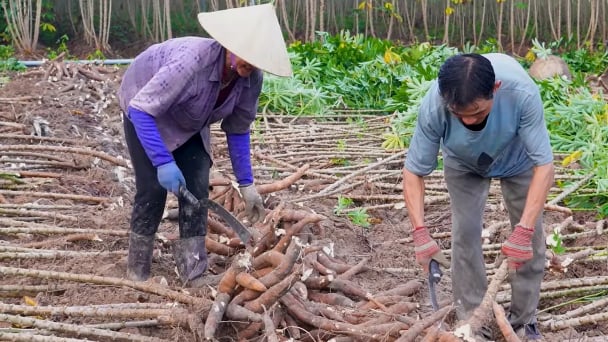
(VAN) Vietnam’s cassava prices has decreased significantly since the beginning of this year due to a sharp decline in export prices. It is highly likely that the cassava prices will rise in the near future.
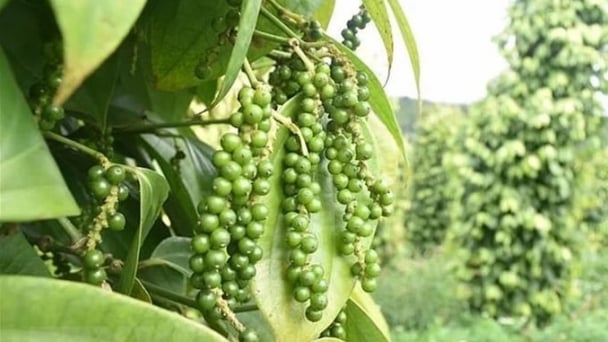
(VAN) Pepper prices on May 6, 2025, decreased slightly by VND 500 to 1,000 in Dak Lak and Dak Nong, bringing prices down to around VND 154,000 – 155,500/kg.

(VAN) Coffee prices on May 5, 2025, remain stable domestically, trading at VND 129,000–130,000/kg. Meanwhile, global coffee prices were flat across the board.
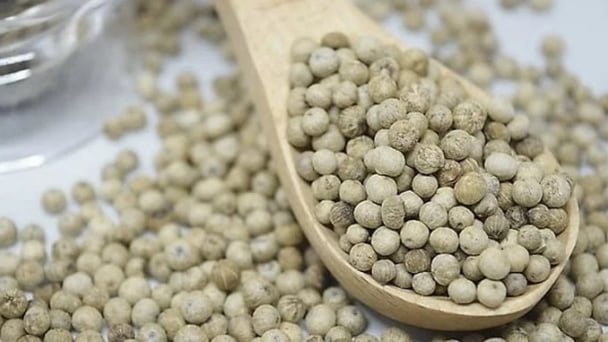
(VAN) Pepper prices on May 5, 2025, remain stable domestically, trading at VND 154,000–156,000/kg. Meanwhile, global pepper prices also continue to hold steady.